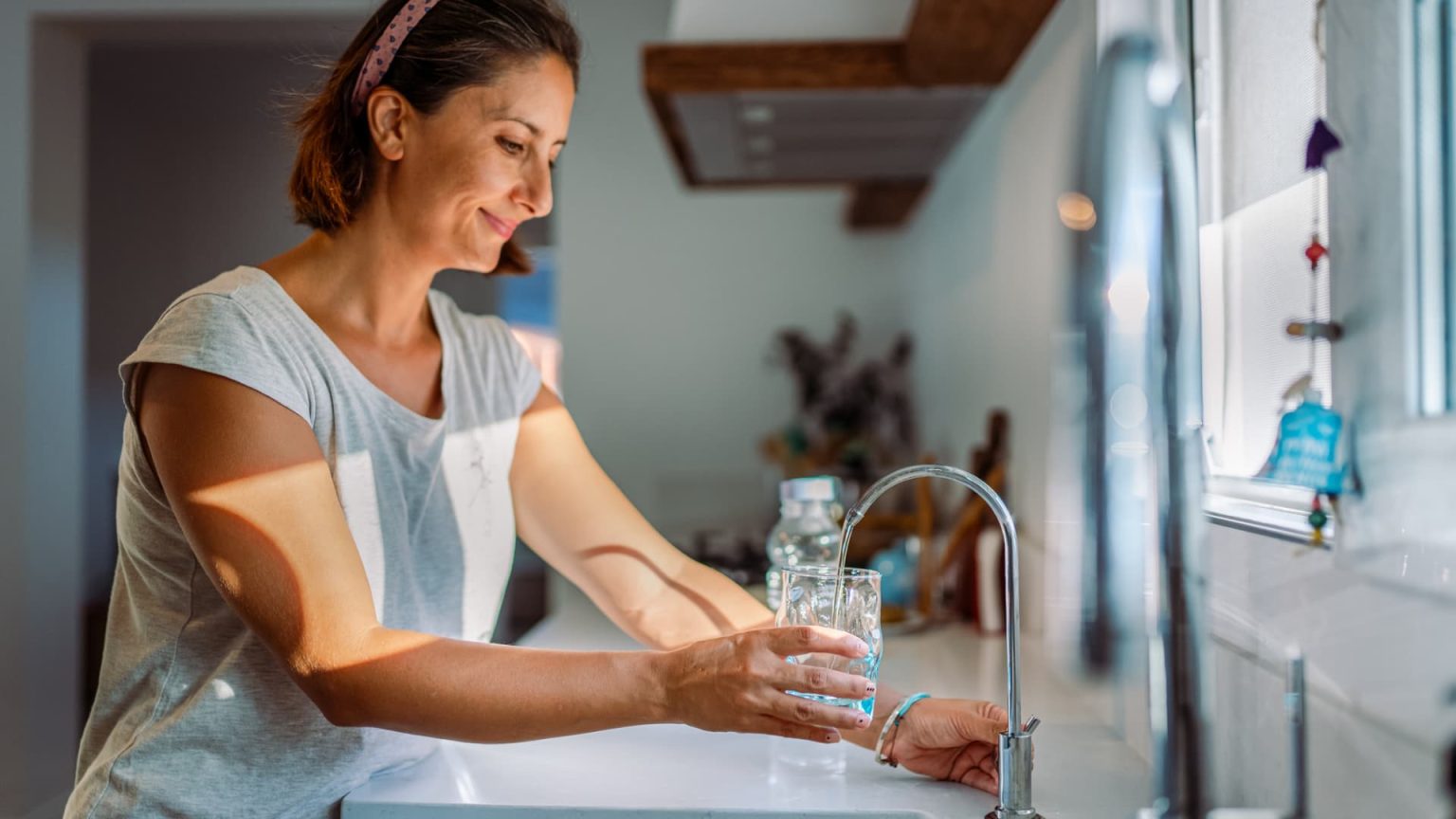Water scarcity is a growing concern worldwide, with many Americans worrying more about safe drinking water than other environmental issues like global warming or air pollution. The combined water and sewer bill for households in the U.S. has increased significantly over the past decade, with 41% of customers feeling that the water provided by their local utility is not safe to drink. A recent study by J.D. Power ranked the states with the best and worst tap water in the country based on customer satisfaction, with a focus on water quality.
Washington ranked as the state with the best tap water, with 84.5% of customers giving positive ratings for its taste, color, odor, and other factors. The state has been able to provide high-quality water without the taste and smell issues that plague other states. Washington has also taken proactive steps to address contaminants like PFAS, or “forever chemicals,” in its drinking water, setting higher standards than the EPA regulations. This commitment to improving water quality has earned Washington the top spot in the rankings.
On the other end of the spectrum, Arizona was ranked as having the worst tap water in the U.S., with customers citing issues like hardness, damage to pipes, residue in showers, and undesirable smells and colors. Water hardness, caused by dissolved calcium and magnesium, was a common complaint among Arizona residents. The South, in general, has struggled with water quality, with many states in that region ranking lower on the list. Georgia and Louisiana, however, were exceptions, ranking among the states with the best tap water.
The disparities in tap water quality highlight the need for continued efforts to improve water infrastructure and treatment processes in the U.S. Issues like water hardness can affect the taste, safety, and utility of tap water, leading to concerns among customers. States like Washington that have prioritized water quality and taken proactive measures to address contaminants have been able to provide their residents with clean and safe drinking water. By learning from these best practices, other states can work towards improving their own tap water quality and customer satisfaction ratings.
Overall, the rankings serve as a reminder of the importance of investing in water infrastructure and treatment systems to ensure that all Americans have access to safe and clean drinking water. The increasing concerns about water quality among customers highlight the need for continued monitoring, regulation, and innovation in the water utility sector. By addressing these issues and prioritizing water quality, states can improve customer satisfaction and ensure the health and well-being of their residents.


